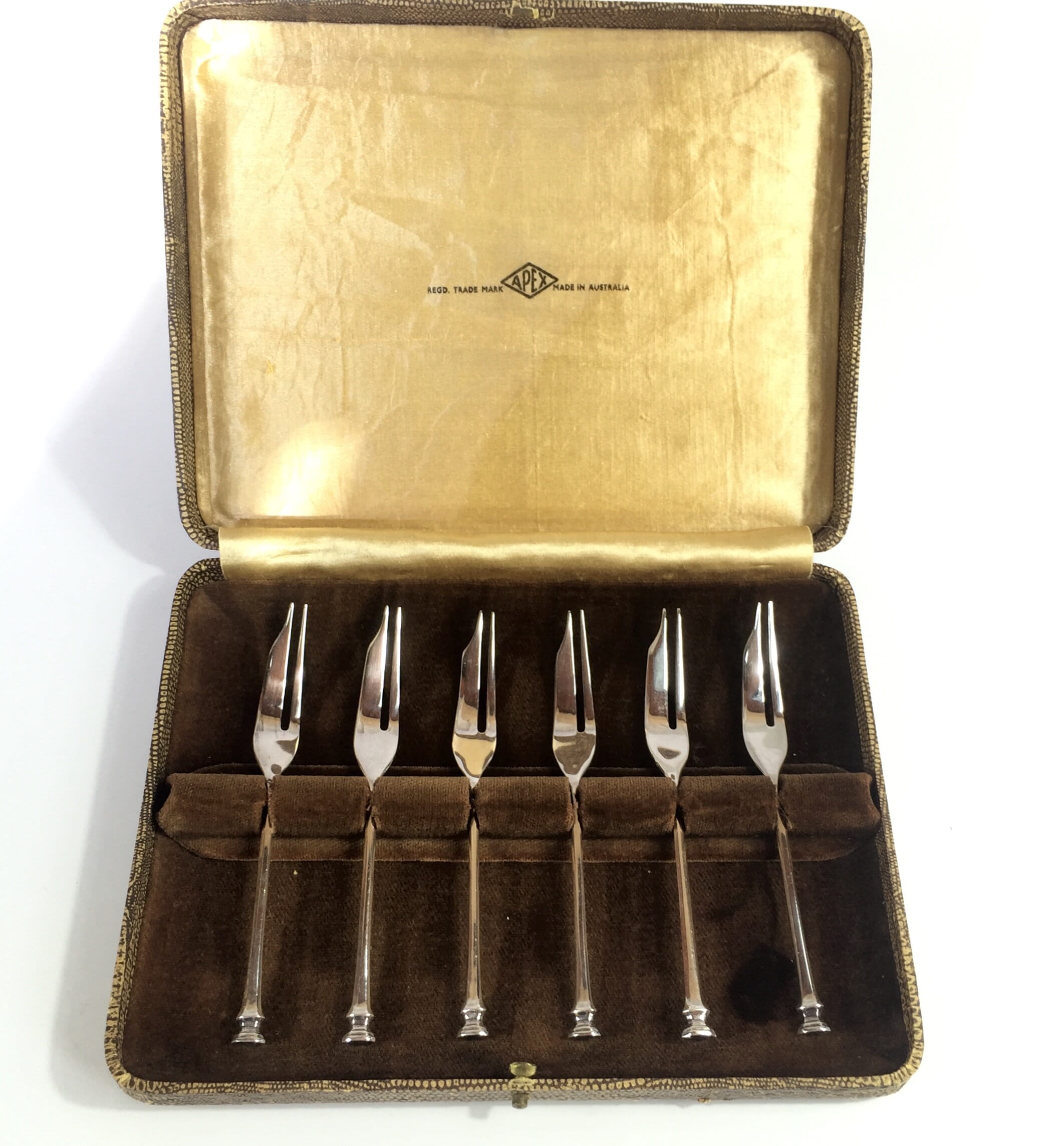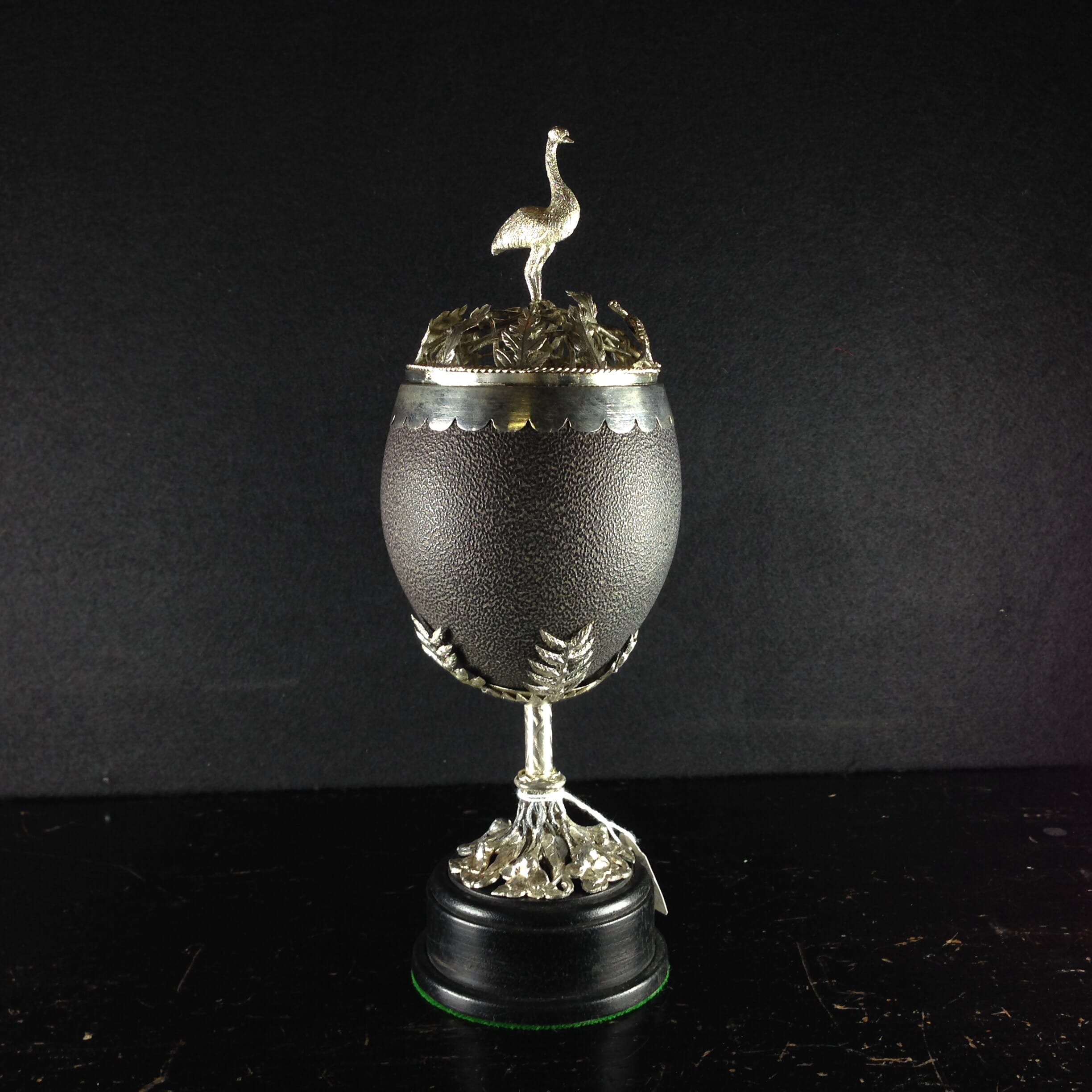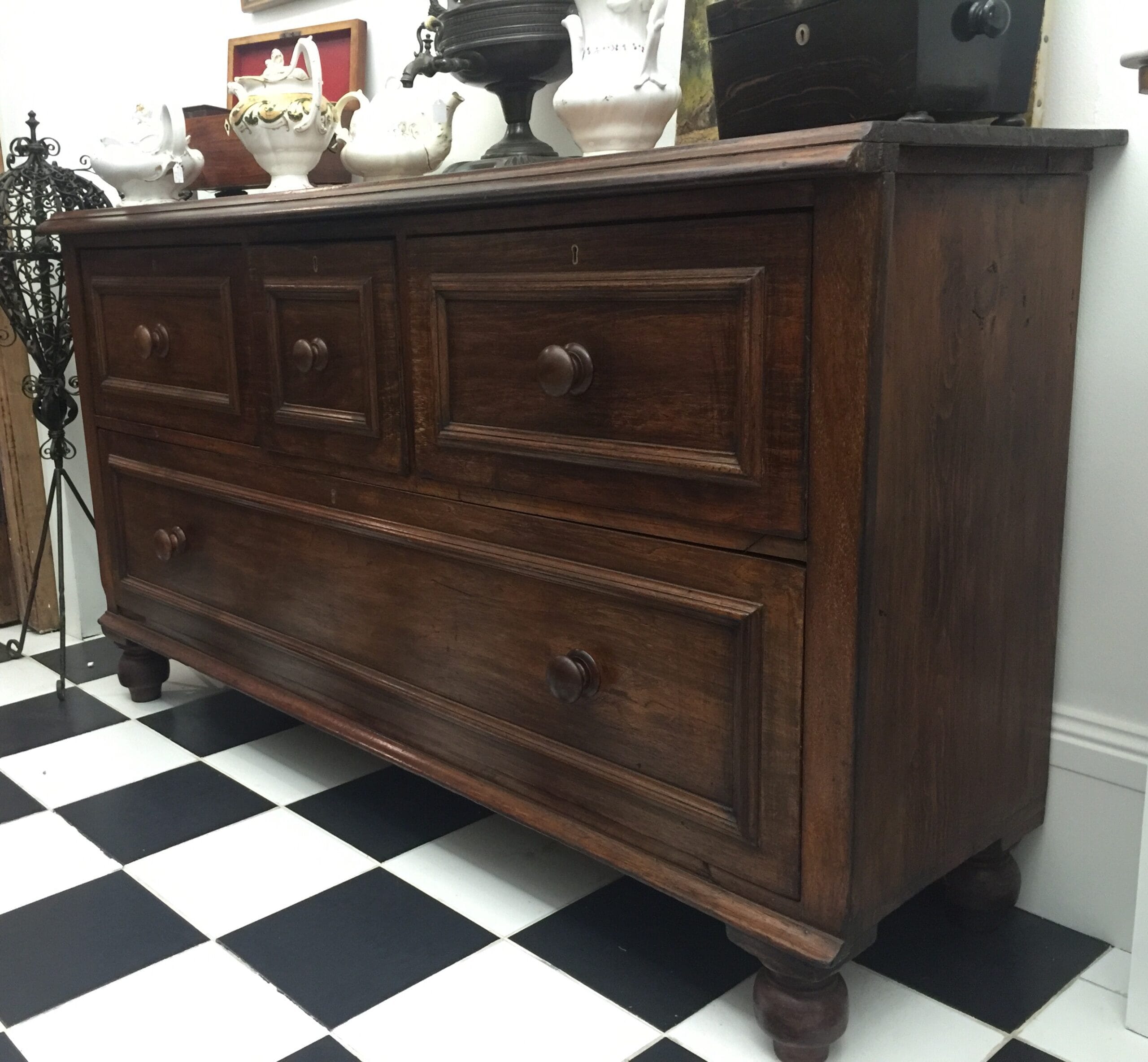Rare NZ ‘Martin’s Patent’ embossed photo, by Wrigglesworth & Binns, Christchurch c.1897
$495.00 AUD
Unusual Martin’s ‘Patented Bas-Relief Photograph’, by Christchurch photographer Wrigglesworth & Binns, showing a well-dressed gentleman, set in a circular gilt mount within a diamond-shaped wood frame.
Original label to the back titled:
“Bas-Relief / Photograph / PATENTED
Wrigglesworth & Binns, N.Z., / PROPRIETORS /
Of Martin’s Patent No. 8946 / TIMES, CHCH ”
with interesting engraved landscape & blossom to one side.
Circa 1897
27×27 cm
Condition: some small marks to photo surface, the original mount slightly discoloured.
J D Wrigglesworth started their photography business in Wellington 1863, expanding in 1874 to Christchurch and Dunedin. His partner Binns ran the Christchurch business from Cuba Street. By the turn of the century, Wrigglesworth and Binns was the best known portrait photography company in the country.
The ‘Martin’s Patent’ is a fascinating New Zealand invention, ‘developed’ in Wanganui by an inventive New Zealander.
An original newspaper article explains it best:
The Bas Relief
Great progress has been made in all departments of photography since the days of the wet plate collodion process, and one is therefore not easily surprised at the developments which from time to time are made. But there is no doubt those who see the display made to-day in the vestibule of Messrs Wrigglesworth and Binn’s studio of the newest type of photography, the bas relief, will be astonished not only at the artistic beauty, but the life-like appearance of the pictures.
The process is one which was discovered by Mr Martin, of Wanganui, and of which Messrs Wrigglesworth and Binns hold he New Zealand rights, except for that town. At first sight the appearance of the pictures is somewhat startling from their remarkable life-like appearance. The form, instead of being as in the ordinary photograph merely — as it were — a reflection, is reproduced with all the natural curves and roundness of life. The face and form are filled out, giving to the whole a most startlingly realistic appearance. This is done by the raising up of the bust or figure into relief, and the effect is most artistic and beautiful. For instance, in one of the pictures on exhibition the hair of the lady is so strikingly and naturally reproduced that it appears as though one could take hold of it. All the pictures are very finely done, and the process is not alone interesting from the point of view of close resemblance to life, but also as a novelty in photography.
The pictures are framed in diamond shaped frames and covered with a glass, and include busts and half and full lengths. The exhibition is well worth a visit, and there can be no doubt that the new process will create quite a revolution in the style of the photograph of the future.
Press, Volume LIV, Issue 9733, 22 May 1897, page 9
The interest taken in the new process of photography, the patent-rights of which Messrs. Wrigglesworth & Binns have acquired for the whole of the colony except Wanganui, warrants a fuller description of the process than has been given. The merits of the examples of the work the public have had ample opportunity to observe. Messrs. Wrigglesworth & Binns’ vestibule in Willis street, where the work is on view, has been daily and nightly crowded with the curious, and the opinion of the public has been in the highest degree commendatory. The likeness to life produced by an excellent photograph superimposed upon a moulded presentment of a person’s features is indeed remarkable, and though the process is necessarily an expensive one, the work has caught the public fancy, and “bas-reliefs” are now being turned out by Messrs. Wrigglesworth & Binns as fast as possible.
The process is decidedly an interesting one. An ordinary photograph is enlarged upon a special paper, several prints being taken at the time in order that the best may be chosen for the final picture. One of the prints is selected and pasted upon a block of wood, then the outline of the figure is traced on the wood, and the body of the photograph cut out with a fret-saw. After the edges of this frame of wood have been finished, to it is fitted another print, which has been mounted on a sheet of copper. The copper-plated photograph then shows through the hole which has been cut in the wooden frame, leaving the background covered. The prepared print is now placed in a press, which gives it its rough embossing. The remainder of the work is done by skilled hands. This consists in modelling the features, dress, and figure, with certain tools, the high lights being pressed out to their proper proportion with an infinite amount of care. When the work leaves the hands of the artist, it is mounted in the special frames required by the embossed character of the portraits. The beautiful results should be almost absolutely permanent.
| Condition | |
|---|---|
| Size | |
| References |
In stock










